Cloud-to-Cloud Assessment & Cost Comparison

From Greenfield towards Brownfield Cloud Transformations
The relocation of IT to the cloud has reached the majority of corporate IT in the modern world. However, the process of large-scale cloud transformation has only just started. The typical first step to the cloud has been the migration of server infrastructures to the cloud. This simple "Lift-and-shift" or “like-for-like” migration was and still is widespread but somewhat frowned upon because it does not realize the full potential of the cloud. Nevertheless, to rapidly migrate workloads to the cloud (aka greenfield cloud transformation), the "lift-and-shift" approach was certainly the most obvious one to save time. Thus the cloud journey, however, has only just begun.
IT departments have gone through the first wave of transformation, namely the transformation to a cloud infrastructure, i.e. IaaS. Many companies now come to the conclusion that the choice of the cloud provider needs to be reconsidered because of early and hasty decisions. Furthermore, the realization remains that real potential of the cloud only comes to light leveraging more powerful managed services. Those services are usually categorized in service models such as PaaS, CaaS, aPaaS or SaaS.
In summary, these findings logically lead to two consequences:
- There is a growing demand for cloud-to-cloud transformations.
- There is a growing demand for cloud modernizations, especially the transformation from IaaS to PaaS and SaaS.
Both these consequences can be described as “Brownfield Cloud Transformations”. Such transformations do not start from scratch - the basic structures in the cloud are already in place. In the case of brownfield cloud transformations, the existing cloud portfolio is expanded, optimized, and modernized. Companies have grown cloud know-how in their IT departments. The need for action arises from the will to better exploit the potential of the cloud, and to further minimize costs.
At Txture, we have addressed both these issues and offer a solution that tackles them efficiently. In this article, we will take a closer look at cloud-to-cloud transformation and how to do a cloud-to-cloud costs assessment with Txture. For more insights about the second aspect, cloud modernization, download our new whitepaper "Continuous Modernization".
Cloud-to-cloud cost assessment
The first step of the cloud-to-cloud transformation is the assessment of potential target architectures with alternative cloud providers. Often cost reasons are the trigger for the migration between two providers. But strategic reasons could also be decisive. What Txture does in a nutshell is to automatically collect the current cloud architecture and suggest alternative, potentially modernized application architectures with the same or a different cloud service provider including associated costs.
 Figure 1. Cloud-to-cloud in a nutshell
Figure 1. Cloud-to-cloud in a nutshell
Comparing an application’s on-demand prices at different providers
Besides discovering on-premises deployed business applications and related IT infrastructure, Txture allows importing cloud resources from all major cloud providers. Dependencies of an application’s technical components such as databases or middleware, as well as the underlying server and storage infrastructure, can be mapped in Txture. The costs of those components can be displayed individually but also be aggregated to calculate the total costs of an application at your current provider.
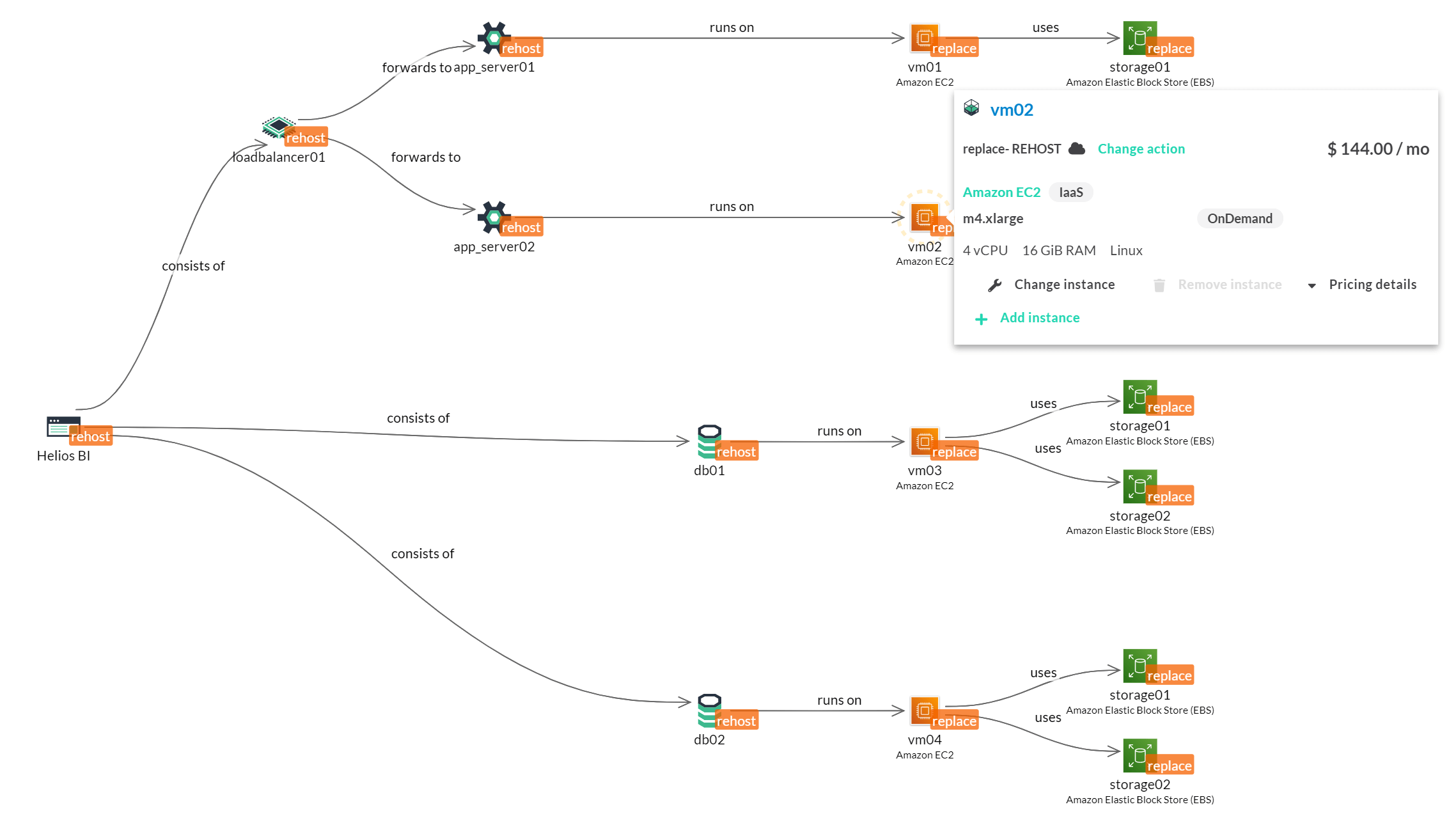 Figure 2. Example application deployed as IaaS at AWS.
Figure 2. Example application deployed as IaaS at AWS.
Figure 2 shows the deployment model of an exemplary BI software “Helios BI” hosted as IaaS on AWS. Since prices are known by Txture for all product instances, the application’s total costs can also be calculated.
Costs for other providers are now calculated in the same manner (see Figure 3). For each cloud resource that is part of an application’s deployment stack, Txture knows substitutes and converts the deployment tree accordingly based on an alternative cloud providers’ product portfolio. The example in Figure 4 shows the same application hosted at GCP (Google Cloud Platform) using the same type of cloud products (Like-for-like scenario).
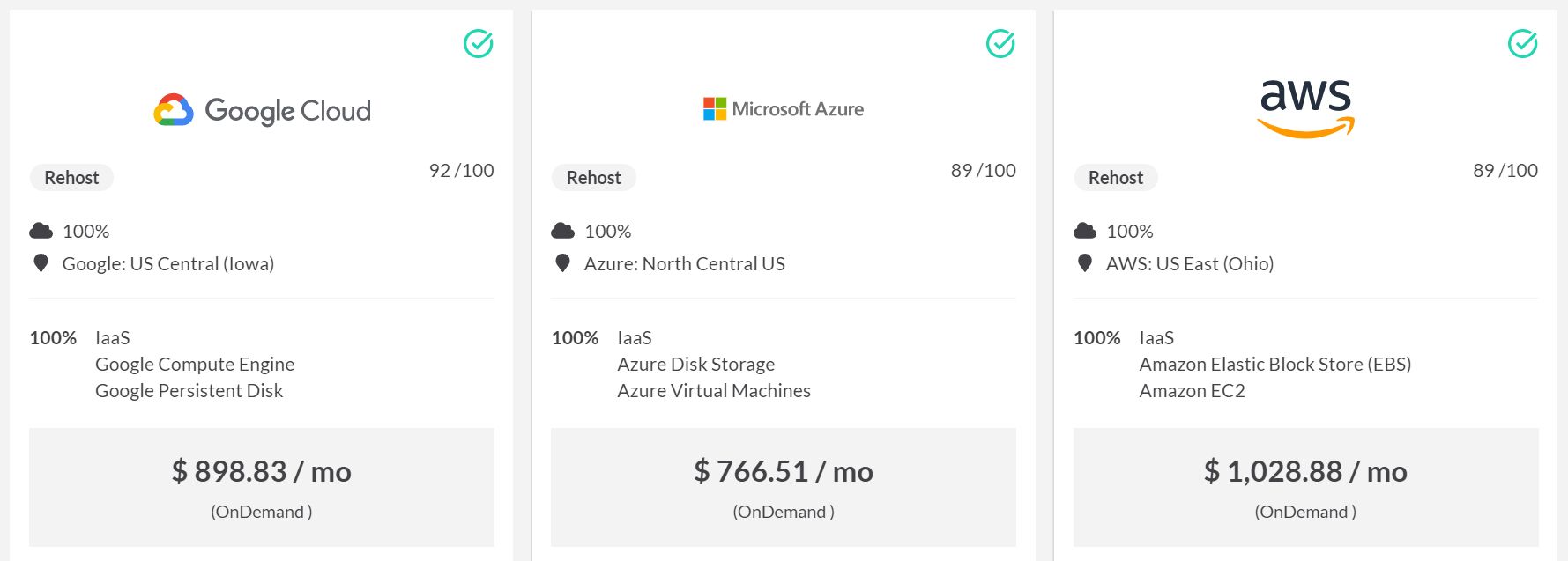 Figure 3. Actual costs of the application “Helios BI” at AWS, as well as cost comparison of the assessed application as IaaS at GCP and MS Azure.
Figure 3. Actual costs of the application “Helios BI” at AWS, as well as cost comparison of the assessed application as IaaS at GCP and MS Azure.
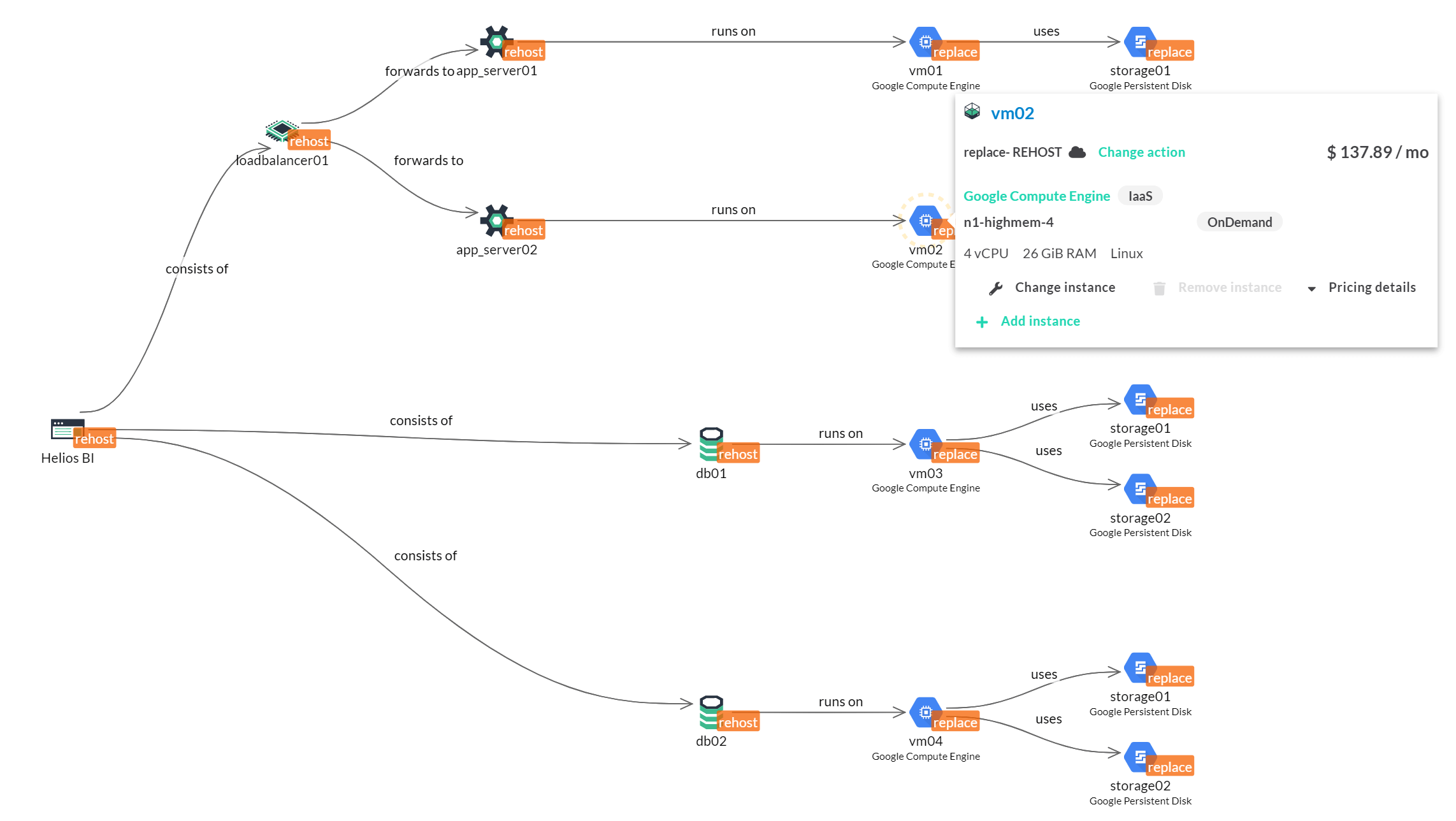 Figure 4. Example application deployed as IaaS at GCP
Figure 4. Example application deployed as IaaS at GCP
Figure 5 shows a modernized deployment of Helios BI at GCP. Instead of replacing virtual machines with Google Compute Engine and storages with Google Persistent Disks as shown in Figure 4, Txture proposes Cloud SQL Postgres as PaaS and Google Kubernetes Engine. Figure 5 thus represents a variant with modernized deployment models CaaS and PaaS. Here, too, Txture allows costs to be compared with other target architecture proposals and the existing architecture.
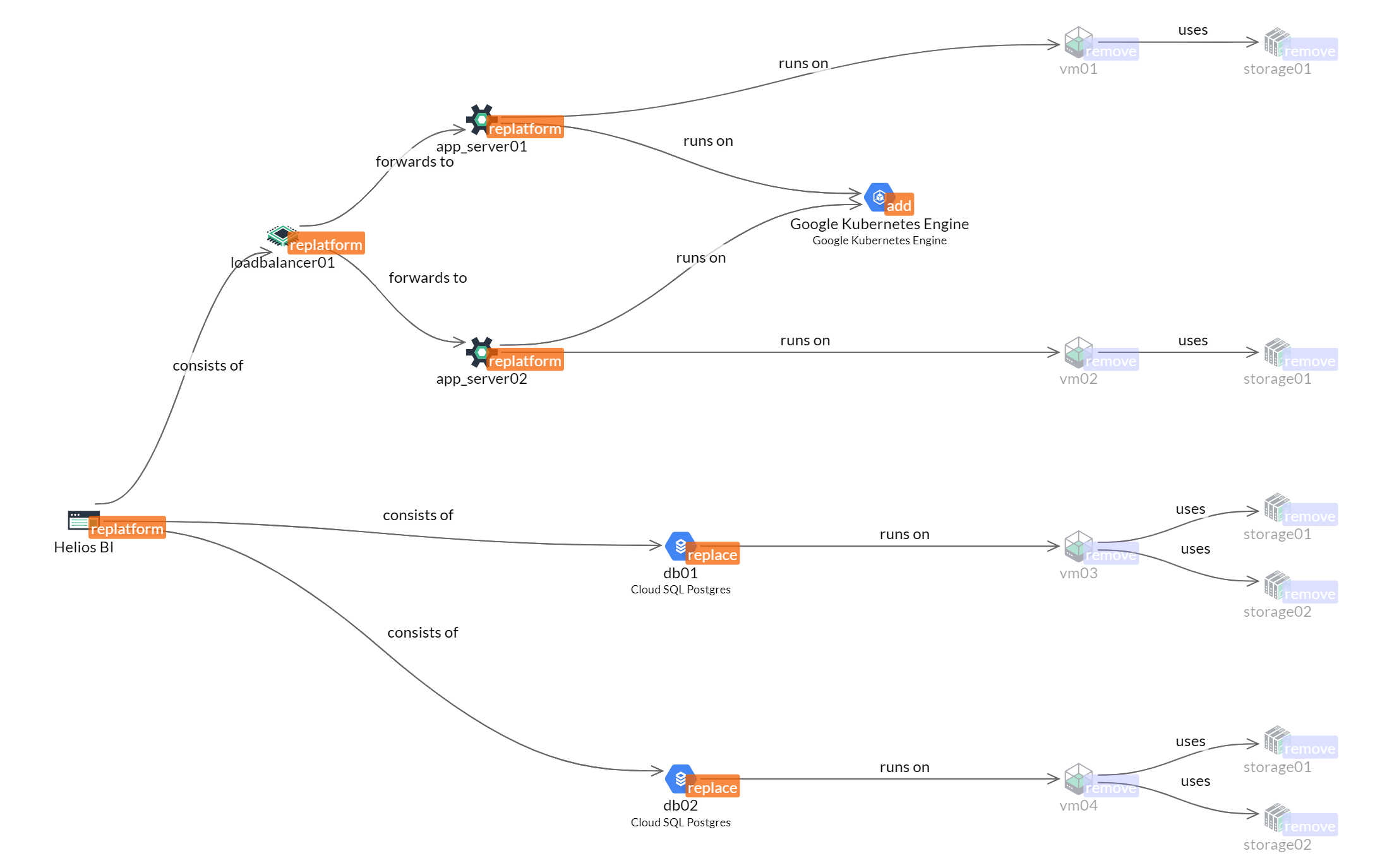 Figure 5. Modernized deployment of Helios BI as CaaS and PaaS at GCP
Figure 5. Modernized deployment of Helios BI as CaaS and PaaS at GCP
Taking into account pricing model for comparison
Pricing models and the bindings of a service offering have an impact on expected costs and vary strongly between providers. Moreover, different models are available for individual products within a provider portfolio. This makes cost comparison without tool support quite complex.
However, the enormous price difference between the pricing models (prices vary by factor 2 or even 3) makes it important to take them into account for a well-founded cloud-to-cloud transformation assessment. Txture automatically considers pricing models and contract bindings for reserved instances when it comes to price comparisons. The price models available for the application and its infrastructure components are calculated for each provider. The screenshot below shows the current prices of “Helios BI” at AWS versus four different pricing models of the same application on Google Cloud.
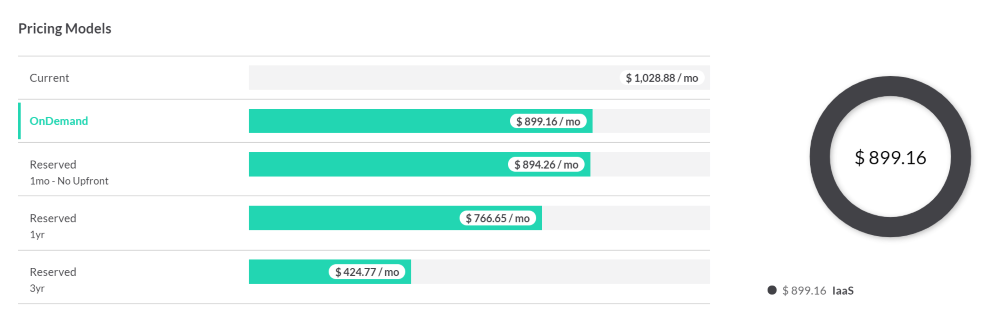 Figure 6. Comparing current costs with different cost models for reserved instances of an alternative cloud provider.
Figure 6. Comparing current costs with different cost models for reserved instances of an alternative cloud provider.
Cloud-to-cloud assessment for the entire application portfolio
For an individual application, a cost comparison can be done manually using the price calculators from the various providers. If you have to do the assessment for an entire application portfolio of 50 or even 500 business applications, you will surely reach your limits.
Txture does this automatically for you. Scenarios can be calculated for individual applications or for the entire portfolio. In addition to the expected aggregated monthly costs of your cloud portfolio, Txture also provides information about the priority service models at the respective provider. This gives you an insight to what extent your portfolio at the respective provider already includes advanced cloud models such as PaaS or SaaS.
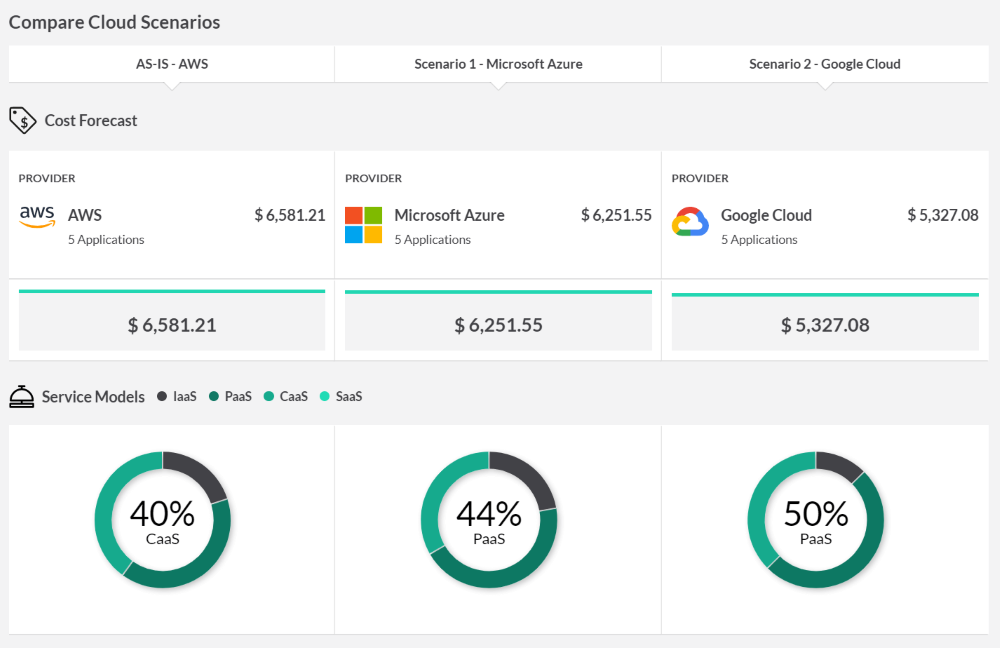 Figure 7. Comparing current costs with different cost models of alternative cloud providers.
Figure 7. Comparing current costs with different cost models of alternative cloud providers.
Seeing is believing!
Feel free to request a demo or contact us for more information!
Related posts
5.4.2024Generative AIHow to welcome Generative AI into your existing tech ecosystem2.4.2024
Generative AIPaving the way for leveraging Generative AI in your organization8.1.2024
Cloud Business CaseCreate a compelling business case for cloud migration with Txture18.12.2023
Cloud Success5 reasons why your cloud transformation is not successful (yet)14.12.2023
Cloud MindsetThe Strategic Imperative of Adopting a Cloud-First Strategy
